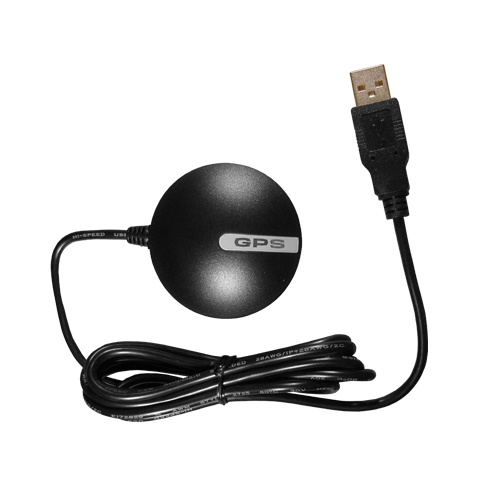Difference between revisions of "GPS/BU 353"
| Line 1: | Line 1: | ||
[[image:BU-353_gps_receiver.jpg|right|BU-353 GPS receiver]] | [[image:BU-353_gps_receiver.jpg|right|BU-353 GPS receiver]] | ||
Or goal is to adapt the USGlobalsat BU-353 GPS receiver to work with the Parrot AR.Drone 2.0 | Or goal is to adapt the USGlobalsat BU-353 GPS receiver to work with the Parrot AR.Drone 2.0 | ||
Revision as of 05:01, 13 November 2012
Or goal is to adapt the USGlobalsat BU-353 GPS receiver to work with the Parrot AR.Drone 2.0
Progress
We wrote a small program to read a string data of the NMEA format. Next we have to manage is implement the GPS receiver on the AR.Drone running paparazzi.
Type of GPS sensor
The GPS sensor we use for this project is as said before the BU-353 USB GPS Receiver from US Globalstat. This receiver is compatible with systems running Windows, MAC OS and Linux. Therefor the receiver is to use for each application. The receiver sends the data through the USB cable to the system. The data send by the receiver is SiRF binary or NMEA 0183.
Configuration
To use the sensor the system must be configured to receive the sended data correctly. Because we use a Linux system the configuration for such a system is explained. The used Baudrate of GPS sensor is 4800. The receiver transmits no parity bit. The number of bits transmitted by the receiver is 8 followed by 1 stop bit. The system must be configured to receive correct data. The default settings of a Linux system are receiving no parity bit, 8 data bits and 1 stop bit. In the most cases you only have to set the Baudrate to 4800.
Data transmitted by GPS
Work in progress
Implementation in AR.Drone 2.0 running paparazzi
We are currently working to implement paparazzi on the AR.Drone 2.0, when the software is compiled on the Drone we will also implement the GPS sensor.
